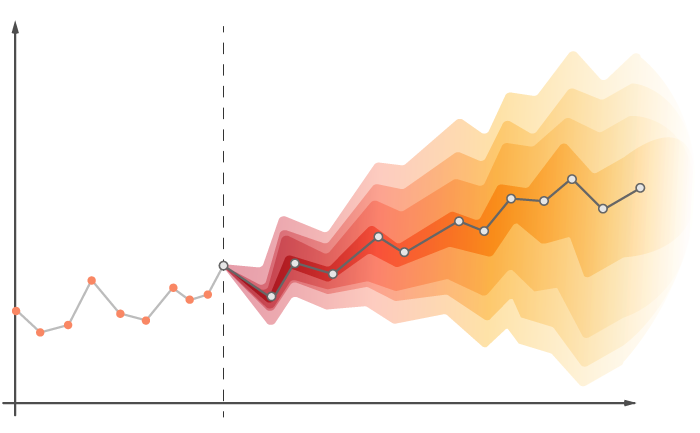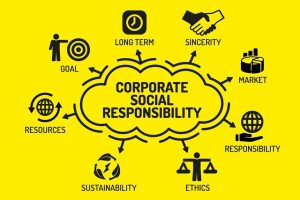The construction industry is a complex and dynamic industry that relies heavily on the timely delivery of building materials to complete projects on time and within budget. Delayed delivery of materials can cause project delays, resulting in cost overruns and dissatisfied clients. Time series forecasting is a powerful tool that can help construction companies anticipate demand for building materials and optimize their supply chain. In this article, we’ll explore how time series forecasting can benefit the construction industry and provide practical examples of its applications.
What is Time Series Forecasting?

Time series forecasting is a technique used to predict future values based on historical data. In the construction industry, it can be applied to forecast the demand for building materials, labor, and equipment. By analyzing historical data on sales, construction projects, and other variables, construction companies can forecast demand and adjust their inventory and production accordingly.
Practical Example: Forecasting Demand for Steel Beams
Steel beams are an essential component of most construction projects. To ensure the timely delivery of steel beams, construction companies need to forecast demand accurately. Time series forecasting can help them achieve this by analyzing historical data on sales and construction projects.
For example, let’s say a construction company wants to forecast the demand for steel beams over the next six months. They would start by collecting historical data on sales of steel beams, including the quantity sold and the date of sale. They would then use a time series forecasting method, such as ARIMA or Exponential Smoothing, to analyze this data and make predictions about future demand.
Based on the forecasted demand, the company can adjust its inventory and production to meet the expected demand. This can help reduce waste, improve efficiency in the supply chain, and ensure the timely delivery of steel beams.
Other Applications of Time Series Forecasting in the Construction Industry
Time series forecasting has many other applications in the construction industry, including:
- Labor Forecasting: By analyzing historical data on the number of workers needed for different projects, construction companies can forecast labor demand and adjust their hiring and scheduling accordingly.
- Equipment Forecasting: By analyzing historical data on equipment usage, construction companies can forecast equipment demand and adjust their procurement and maintenance accordingly.
- Material Pricing Forecasting: By analyzing historical data on material prices, construction companies can forecast future material prices and adjust their pricing strategies accordingly.
Conclusion
Time series forecasting is a powerful tool that can help construction companies optimize their supply chain by forecasting demand for building materials, labor, and equipment. By analyzing historical data on sales, construction projects, and other variables, construction companies can make informed decisions about inventory, production, hiring, scheduling, procurement, and pricing. Time series forecasting can help construction companies reduce waste, improve efficiency in the supply chain, and ensure the timely delivery of materials. As the construction industry becomes more complex and dynamic, time series forecasting will become an essential tool for leaders and decision-makers in this industry.
If you’re in the construction industry, you know how crucial it is to have the right resources at the right time. Time series forecasting can help you achieve this by predicting demand for building materials, labor, and equipment. This article explains how time series forecasting works and provides a practical example of how it can be used to forecast demand for steel beams. If you want to optimize your supply chain and stay competitive, I highly recommend reading this article. hashtag#artificialintelligence hashtag#machinelearning hashtag#constructionindustry hashtag#supplychain





